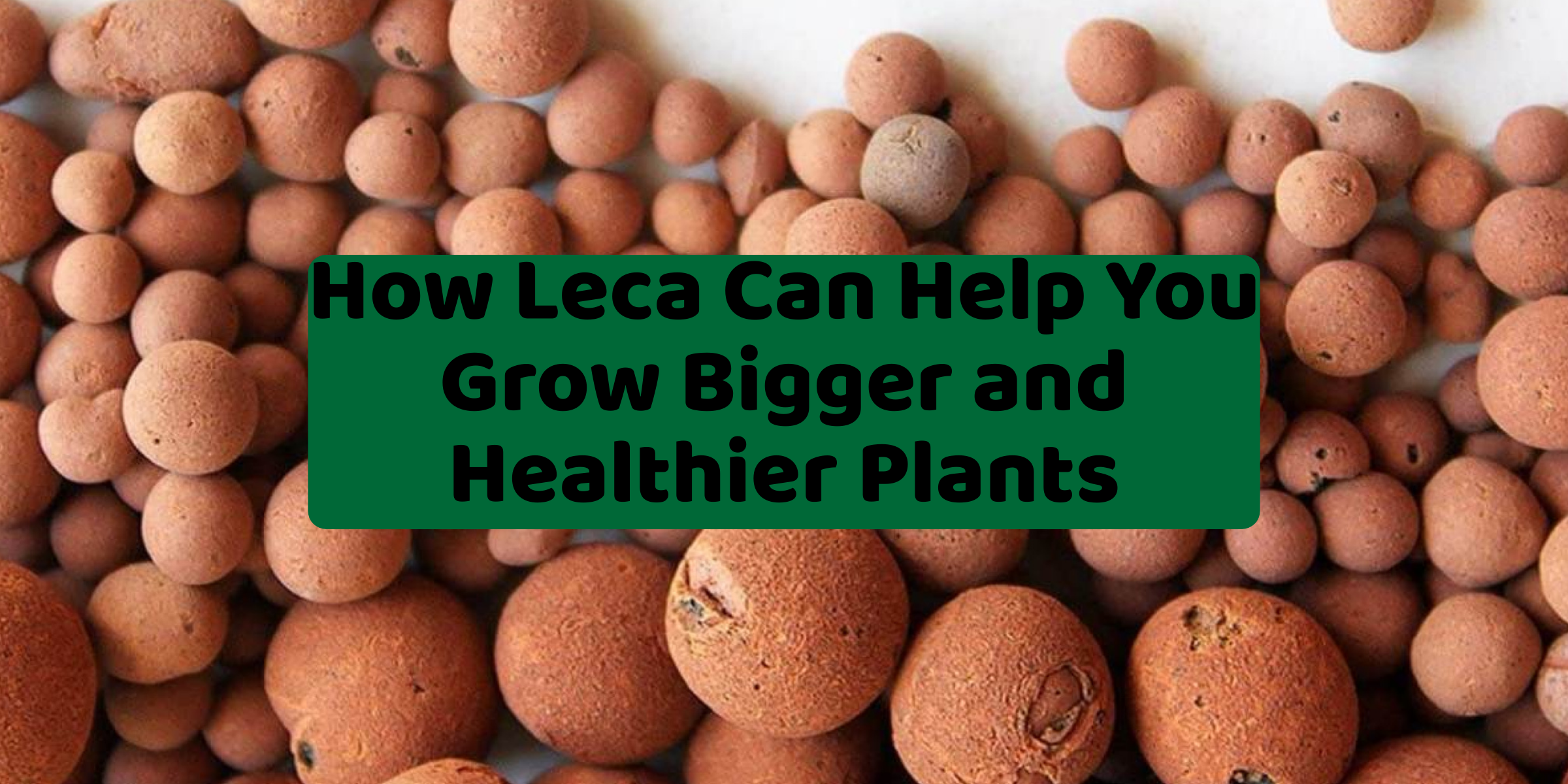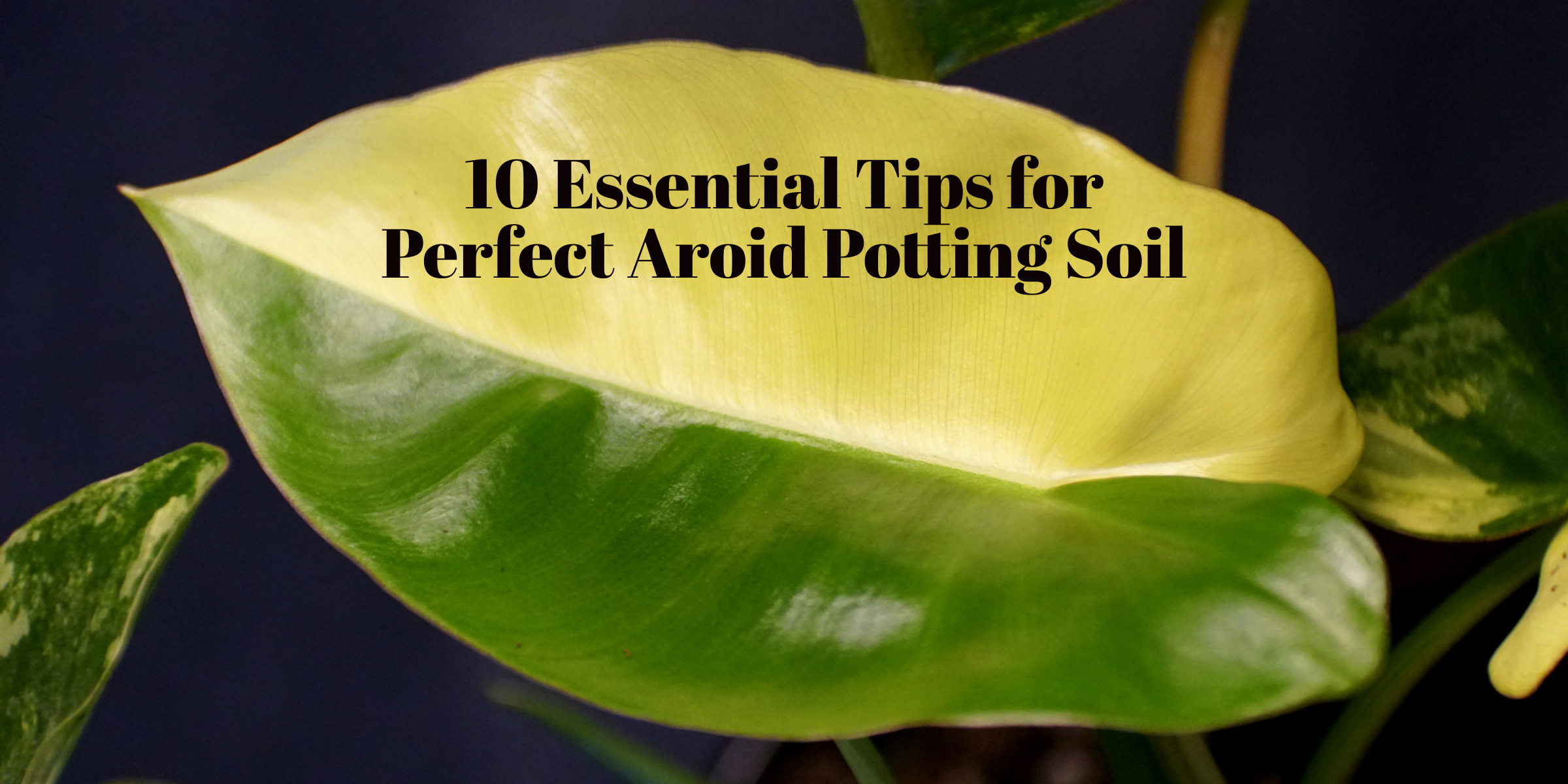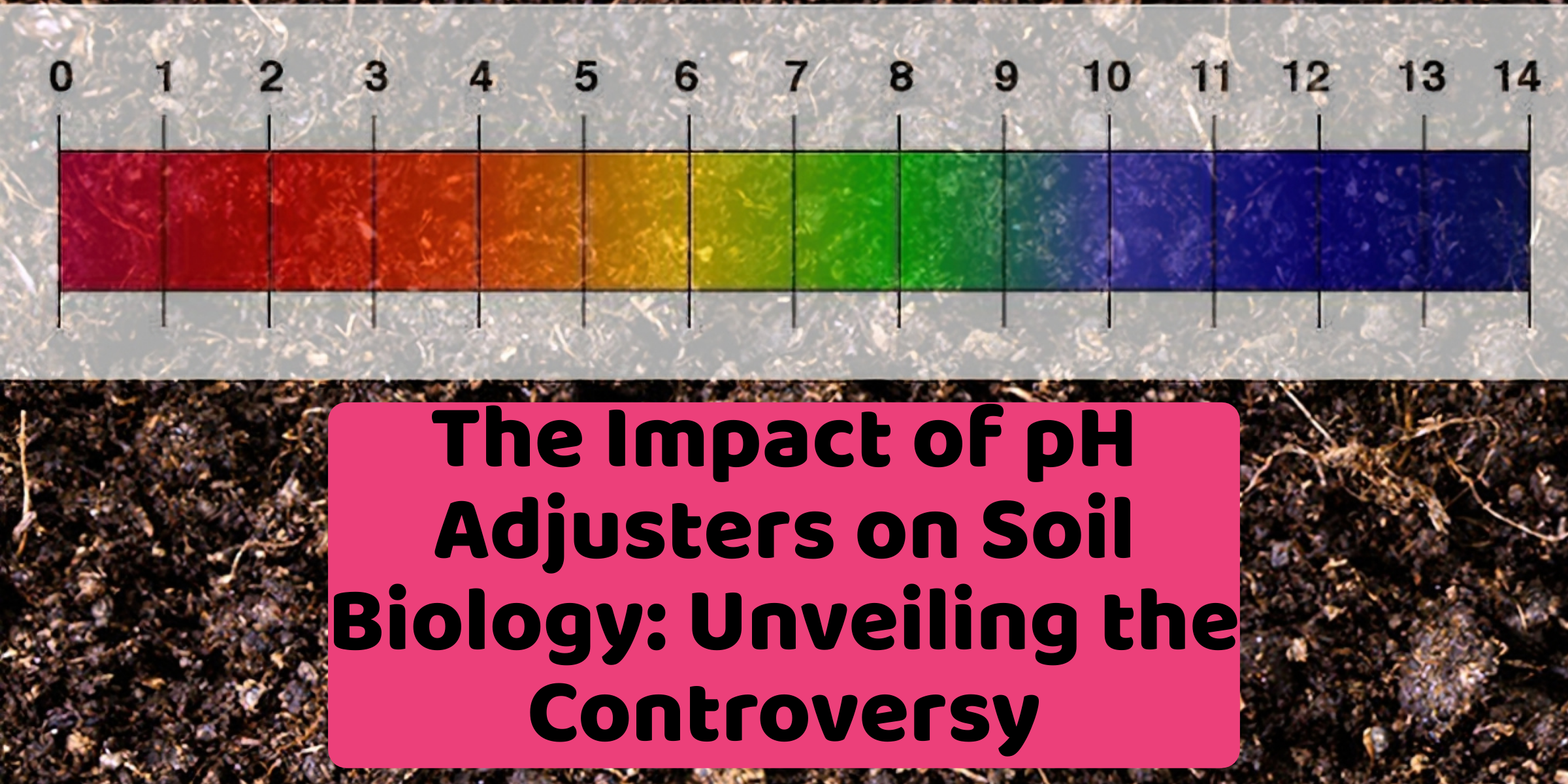How Leca Can Help You Grow Bigger and Healthier Plants
Leca is a popular hydroponic growing medium that has been gaining popularity among indoor gardeners. This versatile medium is made from expanded clay pellets and is known for its ability to improve plant growth and health. In this article, we will explore how Leca can help you grow bigger and healthier plants.
What Is Leca & Where Does It Come From?
Leca has a long and interesting history. It was first discovered in Germany in the early 1900s, and has since become widely used in horticulture and agriculture all around the world. The manufacturing process involves heating natural clay to high temperatures, causing it to expand and create small, lightweight pellets.
How Leca Improves Plant Growth
One of the main benefits of Leca is its ability to improve plant growth in a number of ways. First and foremost, Leca provides increased oxygen availability for roots. This is due to the porous nature of the pellets, which allows air to circulate freely around the root system. This improved oxygen supply can lead to stronger, healthier plants that are more resistant to stress and disease.
In addition to its oxygenating properties, Leca also provides improved drainage and aeration. The porous structure of the pellets allows water to flow easily through the soil, preventing waterlogging and reducing the risk of root rot and other diseases. At the same time, the pellets also help to maintain a stable and well-aerated growing environment that promotes root growth and development.
Another key benefit of using Leca is its ability to retain water and nutrients more effectively than traditional growing media. The pellets have a high water-holding capacity, which helps to prevent drought stress and ensure that plants receive a consistent supply of moisture. Additionally, Leca is capable of holding onto important nutrients like potassium and calcium, slowly releasing them back into the soil over time.
Finally, Leca also helps to maintain optimal pH and EC levels in the soil. The pellets are naturally inert, which means they won't interfere with the chemical balance of the growing environment. This allows growers to fine-tune their nutrient solutions and ensure that plants receive the exact nutrients they need to thrive.
Overall, the benefits of using Leca in plant growth are clear. From improved oxygenation and drainage to enhanced water and nutrient retention, Leca provides a comprehensive range of advantages that can help plants grow stronger, healthier, and more productive. If you're looking to take your plant growth to the next level, consider incorporating Leca into your growing setup today.
How to Use Leca in Your Garden
If you're interested in incorporating Leca into your garden, it's important to understand how to use it properly to get the most out of its benefits. In this section, we'll provide some tips and guidelines for using Leca effectively.
First and foremost, it's important to choose the right size of Leca pellets for your needs. Leca comes in a variety of sizes, from small granules to larger pellets, so it's important to select the appropriate size for your plants and growing media. Generally, larger pellets are better suited for hydroponic systems, while smaller granules are better for soil-based growing.
Before using Leca, it's also essential to prepare and wash it properly. This involves rinsing the pellets thoroughly to remove any dust or debris, and then soaking them in water for several hours to ensure they're fully hydrated before use. This process helps to prevent dry pockets in the growing media, which can cause problems for plant growth.
There are several different methods for using Leca in your garden, depending on your growing setup and the plants you're working with. In hydroponic systems, Leca can be used as a stand-alone growing medium, or as part of a larger system that includes nutrient solutions and other growing media. In soil-based growing, Leca can be mixed with soil to improve drainage and aeration, or used as a top dressing to help retain moisture and nutrients.
When transplanting plants to Leca, it's important to take care not to damage the roots. Gently remove the plant from its original container, and then carefully loosen the roots before placing it into the Leca. Make sure the roots are fully covered by the pellets, and then water the plant thoroughly to help it adjust to its new environment.
Common Mistakes When Using Leca
In terms of watering and fertilizing plants grown in Leca, it's important to avoid over- or under-watering. Leca is highly porous, which means it can dry out quickly if not watered frequently enough. On the other hand, over-watering can lead to waterlogging and other problems. To find the right balance, it's important to monitor moisture levels regularly and adjust watering accordingly. Additionally, because Leca has a high water-holding capacity, it's important to avoid over-fertilizing, which can lead to nutrient burn and other issues.
While using Leca in your garden can provide a range of benefits, there are also some common mistakes to avoid. One of the most common is over- or under-watering plants, which can lead to problems with root health and nutrient uptake. It's also important to wash Leca properly before use, as failing to do so can lead to dust and debris in the growing media. Additionally, choosing the wrong size or type of Leca, or using it with incompatible plants or fertilizers, can also cause problems. Finally, ignoring pH and EC levels in Leca can lead to nutrient imbalances and other issues, so it's important to monitor these levels regularly and make adjustments as needed.
Overall, using Leca in your garden can be a great way to improve plant growth and productivity. By following these tips and guidelines, you can ensure that you're using Leca effectively and getting the most out of its benefits.
Frequently Asked Questions
As Leca continues to gain popularity among gardeners and growers, it's natural to have questions about its benefits and uses. In this section, we'll address some of the most frequently asked questions about Leca.
What are the differences between Leca and other hydroponic media, such as perlite or coco coir?
Leca is a highly porous and lightweight material that provides excellent drainage and aeration for plant roots. Perlite is another popular hydroponic medium that's similar in many ways, but tends to be less absorbent and less stable over time. Coco coir, on the other hand, is a natural fiber that's often used in hydroponic systems due to its ability to retain water and nutrients. While all three materials can be effective for plant growth, Leca is known for its versatility and ability to provide a balanced growing environment.
Can Leca be reused or recycled?
Yes, Leca can be reused or recycled in a number of ways. After use, the pellets can be washed and sterilized before being used again in future growing cycles. Alternatively, Leca can be used as a drainage layer in potted plants or other garden projects, or even added to compost as a soil amendment.
Can Leca be used for growing any type of plant?
Leca can be used to grow a wide variety of plants, from herbs and vegetables to flowers and ornamental plants. However, it's important to choose the appropriate size and type of Leca for your plants and growing media, and to monitor moisture and nutrient levels regularly to ensure optimal growth.
How often should I water my plants grown in Leca?
The frequency of watering will depend on a number of factors, including the size and type of plants, the growing media, and the environment. Generally, plants grown in Leca will need to be watered more frequently than those grown in soil, as the pellets tend to dry out more quickly. To find the right watering schedule, it's important to monitor moisture levels regularly and adjust as needed.
What is the ideal pH and EC range for Leca?
The ideal pH range for Leca is between 5.5 and 6.5, while the ideal EC range is between 1.2 and 2.2. These levels can vary depending on the specific plants and nutrients being used, so it's important to monitor pH and EC levels regularly and make adjustments as needed.
How do I prevent pests and diseases in plants grown in Leca?
One of the benefits of using Leca is that it can help to reduce the risk of pests and diseases, as the porous nature of the pellets allows for improved drainage and aeration. However, it's still important to monitor plants regularly for signs of pests or disease, and to take appropriate measures to prevent or treat problems as needed. This may include using natural pest deterrents, such as neem oil or insecticidal soap, or applying fungicides or other treatments to prevent the spread of disease. Additionally, maintaining proper moisture levels and ensuring adequate air circulation can help to prevent common pest and disease issues.




